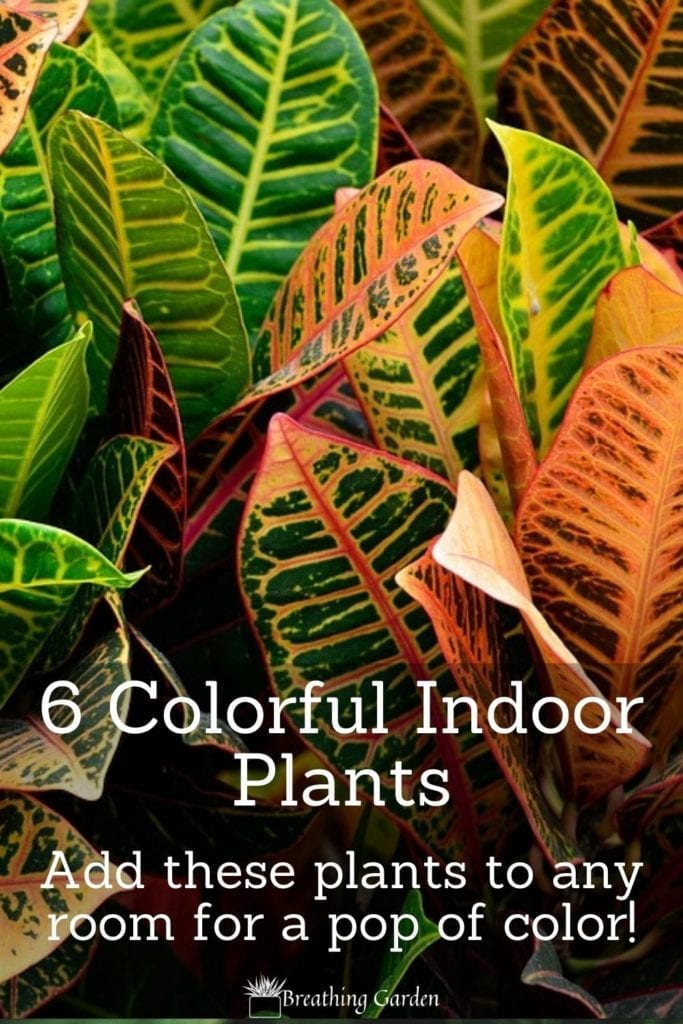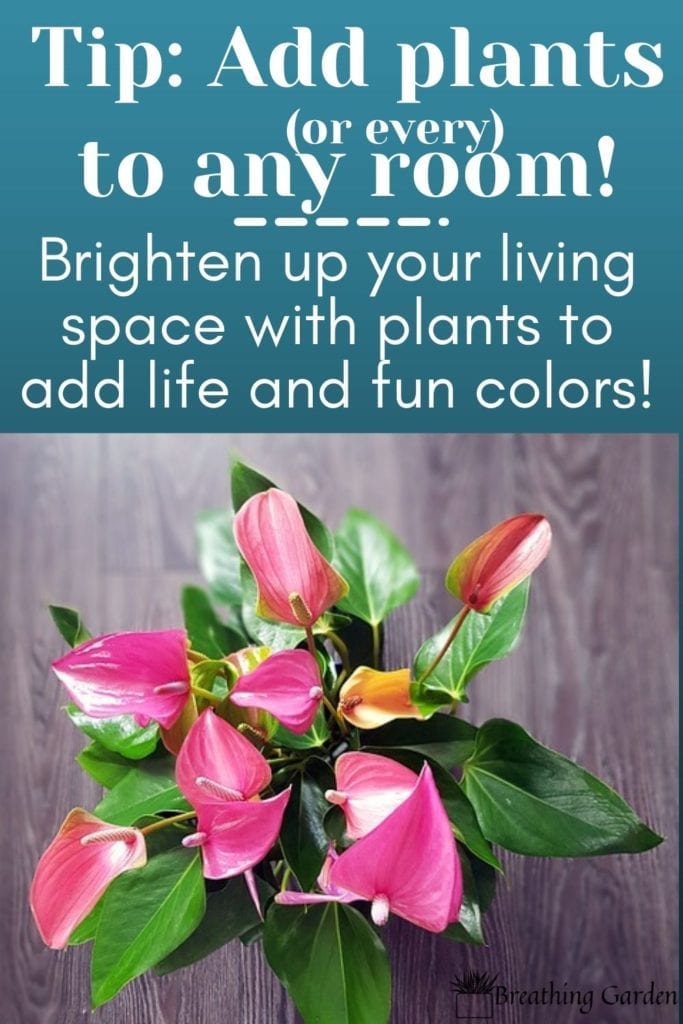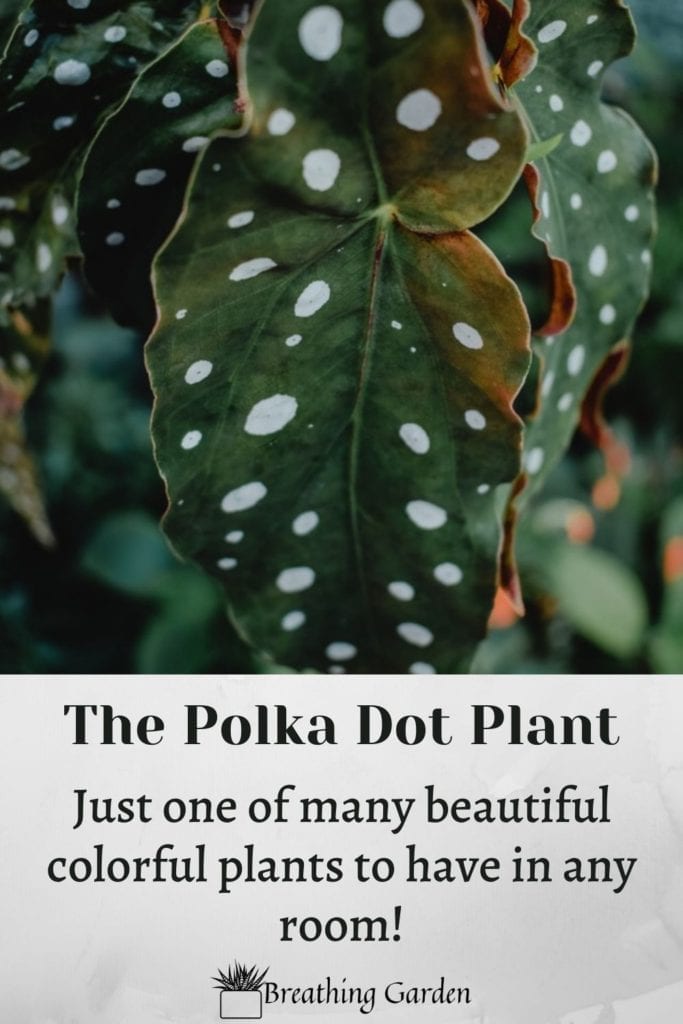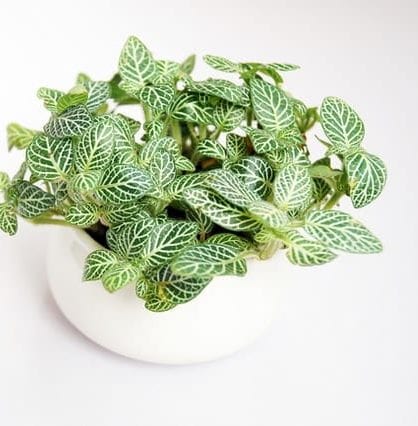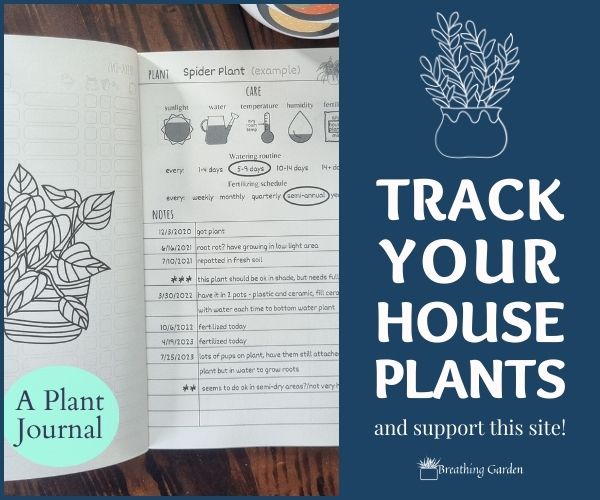Nature doesn’t only exist outside of four walls; to brighten both your house and your mood, consider adding some of these colorful indoor plants to your space. Great for an office or a home, adding plants will give you something vibrant to look at every day. Ranging in color from the brightest red to pastel purple to silvery-white, these colorful indoor plants are sure to liven up your space and bring new color, and life, into your home!
*This post may include affiliate links. When you purchase items from these links, we will receive a small commission, at no extra cost to you, to help support this website. Thank you for your support! Read more ->
Polka Dot Plant

Playfully polka-dotted, this small but striking little plant is sure to bring a smile to your face every time you walk in the room! Sporting dark green leaves splashed with an array of red, pink, or white spots, polka dot plants are native to Madagascar. They prefer warmer climates and indoor environments.
Also known as the measles plant, this species needs regular watering, well-drained soil, and placement in a sunny east or south-facing window in order to thrive. Ideal for apartment window sills or other small spaces, the polka dot plant generally grows to no more than 1-2 foot tall, but may become leggy without regular pruning.
Croton
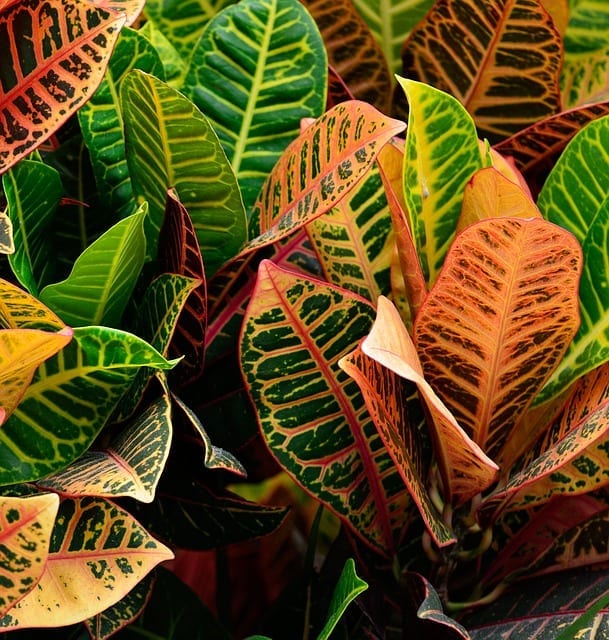
Nearly bright enough to make your eyes water, the croton’s flashy leaves are variegated in bright yellow, red, and orange set against dark green or black. Sometimes also known as the rushfoil plant, the croton thrives in bright, well-lit rooms with south, east, or west-facing windows. They can be grown in lower-light conditions, but the leaves may lose a lot of their bright coloring.
Native to the rainforest of Southeast Asia, the croton prefers well-drained soil and must be kept at the proper humidity in order to thrive. To ensure that your croton receives sufficient moisture, mist regularly or create a humidifying tray filled with pebbles and water and place your plant on top of the pebbles and out of direct contact with the water.
Every part of this plant is toxic, so keep it away from small children or pets, as it can be harmful when ingested.
Anthurium

Show-stopping red flowers are a hallmark of this plant, only, those big red blossoms aren’t really flowers, but modified leaves! Native to the humid rainforests of Central and South America, the anthurium thrives in a well-drained soil and prefers bright, indirect light to produce those eye-catching blooms. However, this plant also burns easily, so place it in a well-lit room out of direct sunlight.
Sometimes called the flamingo flower, the tail flower, or even the painted tongue, the anthurium requires thorough watering once or twice weekly and should be allowed to dry out completely between watering. An alluring beauty, this plant should be kept out of reach of pets or small children, as it can be harmful if ingested.
Moth Orchid
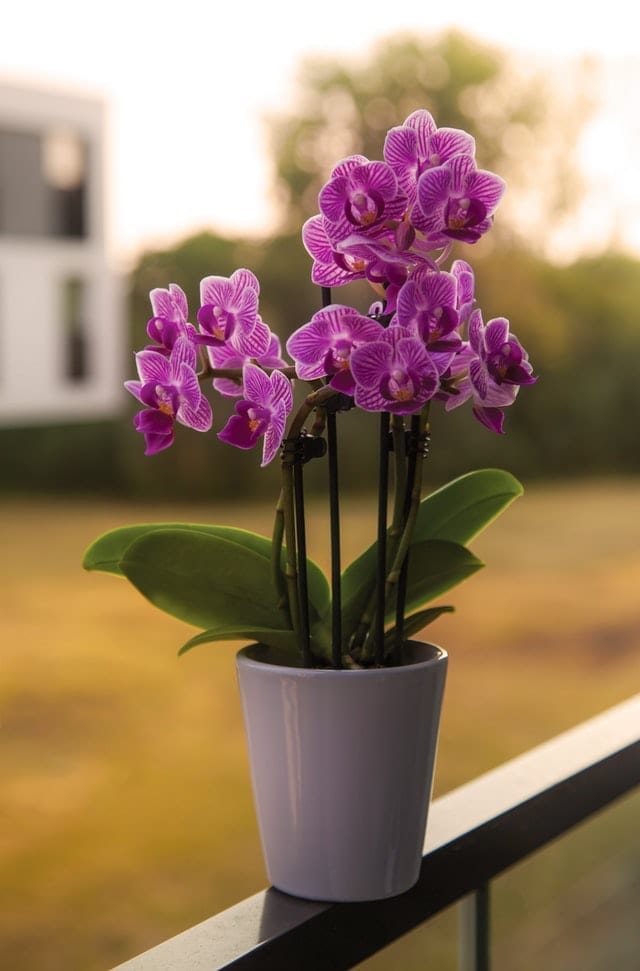
Sporting long-lasting blooms in a wide range of colors from white to red to pastel pink and purple, the moth orchid is sure to brighten up tables, windowsills, or any other surface of your home! Exotic in appearance but easy to care for, the moth orchid prefers rooms with bright, but indirect, light, making it ideal for rooms with south or west-facing windows.
Sometimes also known as the butterfly orchid, the blooms of this plant can last for up to four months at a time, and usually rebloom within a year with proper care. Prone root rot and other fungal diseases, loving plant parents often kill their orchids though overwatering. As a rule of thumb, your moth orchid should only be watered when the moss it’s planted in feels dry, and it should never be allowed to sit in water.
Look at other orchids in black indoor plants.
Tricolor Prayer Plant

A relative of the charming, round-leaf prayer plant, the tricolor prayer plant sports larger, oblong or pointed leaves in a magnificent tricolor pattern that makes the whole plant look like a painting come to life! The tricolor prayer plant’s distinct leaves are deep red to maroon on the underside and are mottled in cream, green and pink on the top.
A native of Brazilian rainforests, this plant is at its most vibrant when placed in the bright, indirect light of an east or north-facing window. Growing up to three feet in height, the tricolor prayer plant requires the high-levels of humidity typical of its natural environment to really thrive. To ensure that your tricolor prayer plant receives sufficient moisture, mist regularly or create a humidifying tray filled with pebbles and water and place your plant on top of the pebbles and out of direct contact with the water.
Nerve Plant
Noted for the spidery, silver veining that crisscrosses its dark green leaves, the nerve plant is a common and well-loved variety of houseplant that can be somewhat temperamental and difficult to care for. Also known as the mosaic plant, the nerve plant’s standard silver veins may be red, pink, white, or even light green in different varieties.
Originating in Peru, this evergreen perennial is low-growing and spreading, generally growing to a height of only 3-6 inches but spreading up to 12-18 inches, making it ideal for terrariums, bottle gardens or as a compliment to other, taller species in a shared planter. Thriving in filtered indirect or partly shady locations, the nerve plant will quickly burn if exposed to direct sunlight.
Requiring high, constant humidity, this plant needs frequent misting and regular watering, although it should not be allowed to sit in water. An ideal location for this plant is a well-lit bathroom with high humidity or an enclosed terrarium!
Looking for a specific color-colorful indoor plant to add to a room? Read about plants with red leaves, purple leaves, and white flowers or dahlia colors!
Pin It!
Want to keep these plant ideas for later? Save them to Pinterest!
